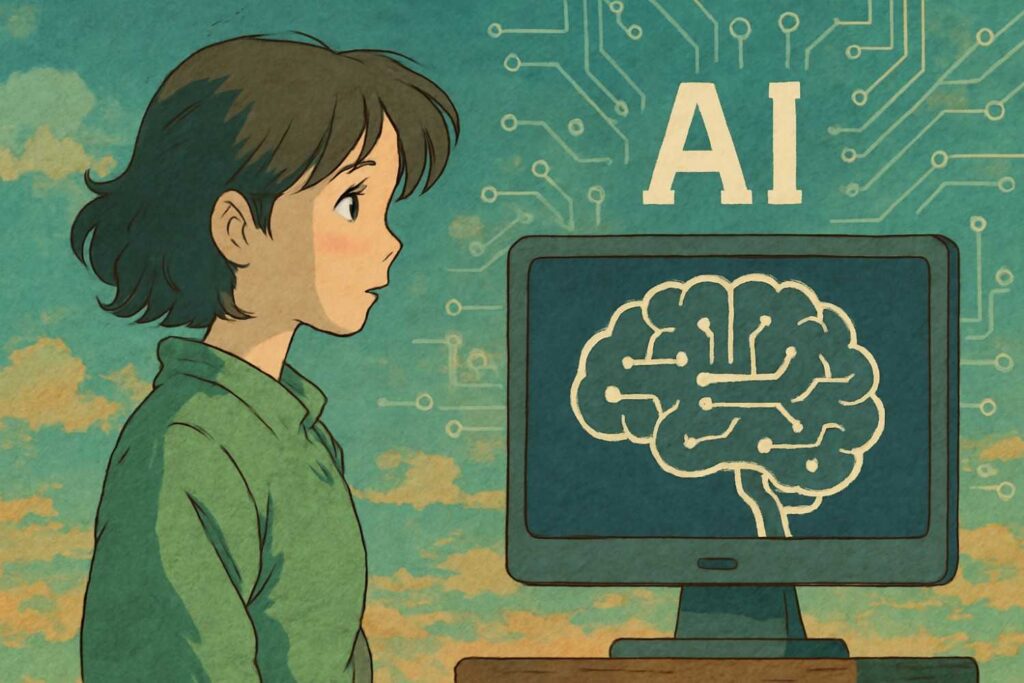
Grab Your FREE Website Launch Kit for Indian Startups
Everything you need to launch a high-converting website — the smart way.
Download NowShare
Digonto
Post Date:
Studio Ghibli’s iconic animation style has captivated audiences for decades, known for its hand-drawn beauty, rich storytelling, and emotional depth. With the rise of AI-generated art, a new trend is emerging—AI-powered tools that mimic the Ghibli aesthetic, revolutionizing animation and digital art creation. But is this shift beneficial for artists and the industry? Let’s explore the advantages and challenges of the Ghibli trend in AI.
What is the Ghibli Trend in AI?
AI-powered tools are now capable of generating Ghibli-inspired artwork, blending traditional aesthetics with modern technology. From AI-assisted sketching to full-blown animated sequences, these tools are reshaping how artists and studios approach animation production. Platforms like Stable Diffusion, MidJourney, and Runway ML are already being used to replicate hand-drawn styles, allowing users to create Ghibli-like scenes in seconds.
The Benefits of AI in Ghibli-Style Animation
1. Faster Production and Cost Efficiency
Traditional animation is time-consuming and expensive. AI-driven tools can automate processes such as background generation, character design, and motion interpolation, significantly reducing production time and costs.
2. Accessibility for Independent Artists
Not every artist has the resources of Studio Ghibli. AI-powered software provides independent creators and small studios with the ability to produce high-quality animations without massive budgets.
3. Creative Enhancement and Experimentation
AI can serve as a creative assistant, offering style suggestions, enhancing textures, and automating tedious tasks, allowing artists to focus on storytelling and artistic expression.
4. Personalized and Interactive Content
AI-generated Ghibli-style artwork can be used in gaming, VR experiences, and personalized animations, offering audiences unique and immersive experiences that evolve based on user interaction.
The Downsides and Ethical Concerns
1. Loss of Human Artistic Touch
One of the hallmarks of Studio Ghibli’s art is its human-crafted warmth and imperfections. AI-generated content, while impressive, can sometimes feel mechanical and lack the emotional depth of hand-drawn animation.
2. Copyright and Ethical Issues
AI models are trained on vast datasets, often without proper credit or permission from original artists. This raises ethical concerns about intellectual property, artistic integrity, and fair compensation.
3. Over-Reliance on AI
As AI tools become more advanced, there is a risk that studios may prioritize automation over human talent, potentially leading to job displacement for traditional animators and designers.
4. Style Homogenization
If AI-generated art becomes the norm, there is a possibility of less artistic diversity, as many creators may rely on AI to mimic pre-existing styles rather than innovating new ones.
The Future of AI in Animation: Finding a Balance
AI’s role in animation is undeniable, but the key lies in balance. Instead of replacing traditional animation, AI should be seen as a collaborative tool—one that enhances creativity without diminishing artistic craftsmanship. Studios and artists must navigate ethical boundaries while leveraging AI’s potential to streamline production and explore new storytelling possibilities.
Final Thoughts
The Ghibli trend in AI represents both innovation and controversy in the animation industry. While AI can revolutionize animation by making it more accessible and efficient, it also raises ethical concerns that need careful consideration. As technology continues to evolve, the challenge will be preserving artistic integrity while embracing the advantages AI offers.
What are your thoughts on AI-generated Ghibli-style art? Should it be embraced or regulated? Let’s discuss in the comments below!
